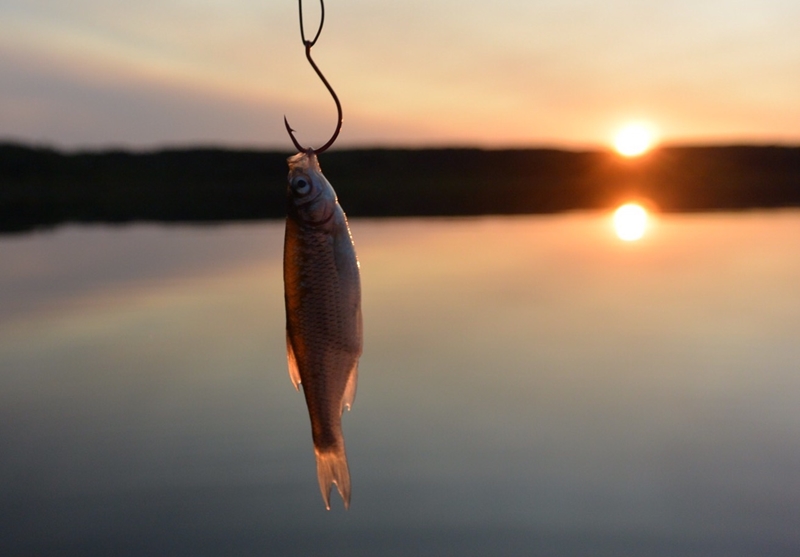One of the oldest ways of catching a fish on a line is using bait. Yet while it might seem simple enough - bait the hook and chuck it in the water - there are actually a lot of things to get right, which is why beginners always have tonnes of questions.
What kind of bait do you need to use? How do you prepare bait? Is it better to use fresh or frozen kinds? These are the questions we'll answer here in our Hunts Marine guide to fishing with bait.
What kinds of bait should I use?
The bait you choose to use is going to affect the kind of fish you'll catch, so if you have a specific species in mind, it's important you do your research to find something that will attract them.
For example, these are just some of the kinds of fish you can catch with the following baits:
Crabs - Cod, Drummer, Bream, Snapper.
Yabbies - Bream, Flathead, Flounder, Luderick, Snapper.
Prawns and Shrimp - Whiting, Flathead, Cod, Morwong, Yellowtail.
Squid - Kingfish, Snapper, Goatfish.
If you're struggling to get any bites with your chosen bait, you can try throwing some chum in the water. This will make the general area you're fishing in more attractive to those slippery beggars beneath the water. If you find the fish eating the chum but not your bait, you can cover your hook entirely with bait and let it sink down with the chum when you throw it in, making the bait and hook less suspicious to the fish.

Is fresh or frozen bait better?
While frozen bait can do the job well enough if it's in good condition, live bait is almost always better. If you catch some bait fish when you're out on the water, you can keep them fresh for a whole day's fishing by using a live bait tank.
Some of the best live bait you can easily gather yourself is freshwater ghost shrimp, otherwise known as yabbies. With a yabby pump, you can walk along the beach looking for the tell-tale holes in the sand that signal their presence. The pump will pull out a column of sand - once you eject this from the pump in a sweeping motion you can search the waste for signs of the yabbies themselves. Ideally you should use yabbies the day you catch them, but if you can't, chuck them in a bucket with some sand and water where they'll keep for a couple of days.
How should I prep my bait?
Presentation of food doesn't just matter in a fancy restaurant - it matters for prepping bait too! Fish can be more discriminating than you might image when it comes to choosing what they eat, so it's important you prepare the bait correctly for the size of hook you're using. A good tool for doing this on your boat is a bait board - you can cut the bait as necessary without making a mess of the rest of your boat.
The exact preparation method depends on the bait in question. Squid, for example, can be prepped by cutting it into small pieces and threading onto the hook as the video below explains.
To learn more about all things boating, check out our other blog posts. If you like what you see, sign up to our monthly email newsletter using the form fill on the top right of the page - every month you'll be treated to a selection of our best articles.





